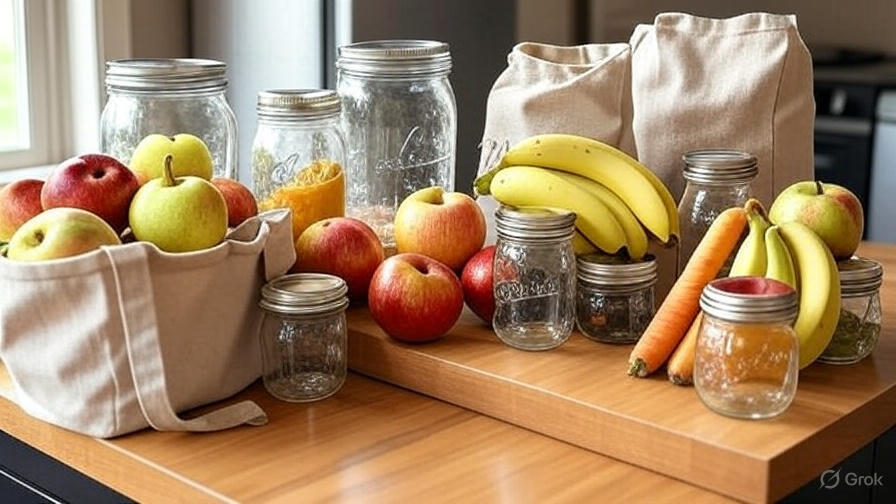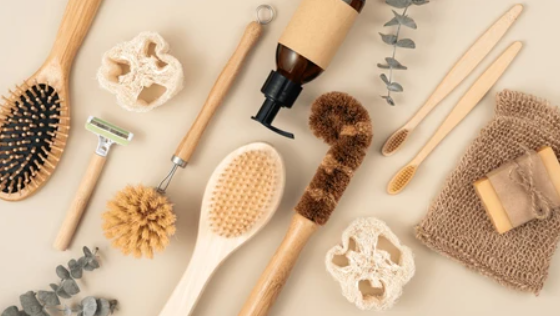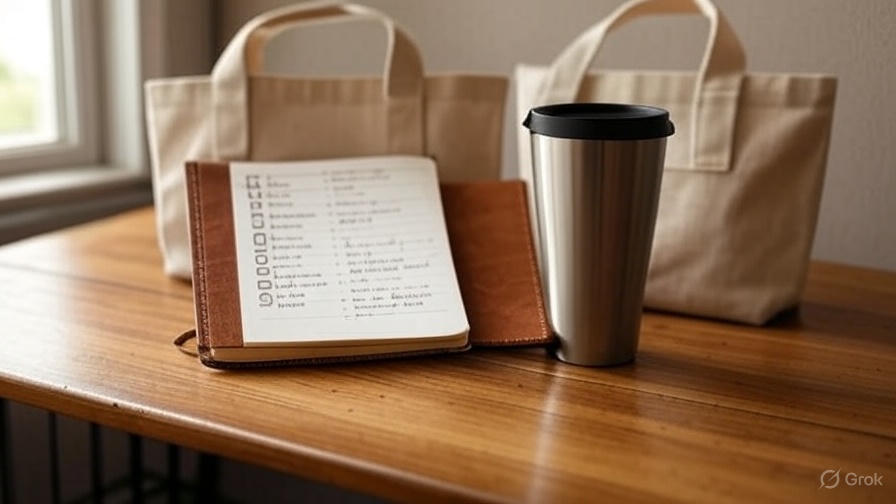Introduction
Embarking on a 7-Day Zero-Waste Challenge wasn’t just a personal experiment — it was a commitment to rethinking how I consume, dispose of, and interact with the world around me. As someone who’s always cared about sustainability but struggled to take consistent action, this week-long challenge felt like a meaningful step forward.
I set out with a simple goal: reduce as much waste as possible, track what worked, and learn from what didn’t. What followed was a rollercoaster of thoughtful swaps, surprising hurdles, and insights into how accessible (or not) zero-waste living really is.
What Is Zero-Waste Living?
7-Day Zero-waste living is a lifestyle centered around minimizing trash sent to landfills, reusing resources, and making environmentally conscious decisions. The idea is not perfection—but progress.
Key principles:
- Refuse what you don’t need
- Reduce what you do use
- Reuse what you can
- Recycle what you can’t reuse
- Rot (compost) the rest
Many people assume zero-waste living means being extreme or expensive. In reality, it’s about making intentional choices and finding creative solutions to reduce your footprint.
Day-by-Day Breakdown of the 7-Day Zero-Waste Challenge
Day 1: Prepping for Zero-Waste Success
My challenge began with a zero-waste checklist and a visit to a local bulk store. I stocked up on loose grains, unpackaged veggies, and filled my jars with pasta and lentils. I swapped plastic bags for cloth produce bags and brought my own containers.
Win: Felt empowered and ready.
Fail: Not all stores support BYO containers due to hygiene rules.

Day 2–3: Zero-Waste in the Kitchen
The kitchen proved to be both rewarding and frustrating. I avoided single-use plastics, cooked at home, and composted scraps.
What worked:
- Beeswax wraps instead of cling film
- Buying in bulk with reusable bags
- Keeping a compost bin under the sink
What didn’t:
- Finding local stores that offer bulk liquids like oils or vinegars
- Dealing with unexpected food packaging from delivery services
Day 4–5: Bathroom & Personal Care Swaps
This part of the challenge pushed me to rethink daily routines.
Wins:
- Shampoo bars, bamboo toothbrushes, and refillable floss were easy transitions
- Reusable cotton rounds replaced disposable pads seamlessly
- DIY toothpaste was too harsh for my gums
- Some deodorant bars stained my clothes

Day 6: On-the-Go Waste Reduction
Being out and about was the hardest part of the 7-Day Zero-Waste Challenge. I packed a zero-waste kit with a water bottle, travel utensils, cloth napkin, and a collapsible container.
Wins:
- Avoided takeaway packaging at cafes
- Refused straws and plastic lids successfully
Fails:
- Got caught without a container at a food truck
- Forgot my coffee cup once and skipped my usual latte
Day 7: Reflection and Unexpected Lessons
By the end of the week, I felt more mindful and less wasteful. I also realized how deeply ingrained convenience culture is in our lives.
Unexpected wins included using up items I had forgotten I owned, like cloth rags and glass jars. The biggest lesson? Zero-waste isn’t about perfection. It’s about conscious progress.
Biggest Wins of the Week
- Swapping single-use items for reusable
- Shopping smarter by choosing package-free produce
- Cooking at home to control packaging and food waste
- Starting a small composting system
These changes not only reduced waste but saved money and improved the quality of what I consumed.
External Link: Learn more about beginner-friendly zero-waste swaps from Trash Is For Tossers.
What Didn’t Work (And Why)
While there were many wins, several things just didn’t fit into my lifestyle:
- DIY beauty products weren’t always effective or safe
- Lack of local bulk stores made some swaps inaccessible
- Social situations like takeout and restaurant dining were tricky
- Time commitment to prep and research was high at first
These are important to acknowledge so we don’t romanticize the zero-waste lifestyle. It’s a journey with real obstacles.
Tips for Starting Your Own Zero-Waste Challenge
If you’re curious about trying a 7-Day Zero-Waste Challenge, here are tips to make it more manageable:
- Start with one area—kitchen, bathroom, or grocery shopping
- Audit your trash to see what you throw away most
- Invest in reusable like jars, cloth bags, and a water bottle
- Plan ahead to avoid impulse packaging
- Don’t stress perfection—small wins matter
External Link: Explore more tips from Going Zero Waste to start your journey.
Final Thoughts: Is Zero-Waste Living Realistic?
After completing the 7-Day Zero-Waste Challenge, my answer is yes—but with caveats. It’s realistic when you set flexible goals and give yourself room to grow.
This lifestyle isn’t about shame or strict rules. It’s about making intentional changes that add up over time. Even if you can’t be 100% zero-waste, reducing your footprint still matters.
In the end, I’m keeping most of my new habits and continuing the journey toward a more sustainable lifestyle.
Resources & Recommended Products
Here are a few zero-waste essentials and helpful resources I used:
Zero-Waste Starter Kit:
- Stainless steel water bottle
- Beeswax wraps
- Bamboo toothbrush
- Cloth grocery and produce bags
- Safety razor
Recommended Blogs & Tools:
- Trash Is For Tossers
- Going Zero Waste
- “Zero Waste Home” by Bea Johnson (Book)
Conclusion
The 7-Day Zero-Waste Challenge was eye-opening, humbling, and deeply rewarding. It forced me to slow down, rethink habits, and take accountability for my waste. If you’re looking for a practical way to start living more sustainably, challenge yourself for a week. You might be surprised how much you learn—and how much waste you don’t create.
